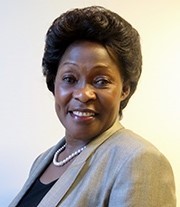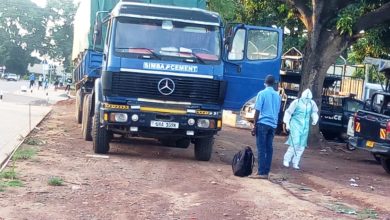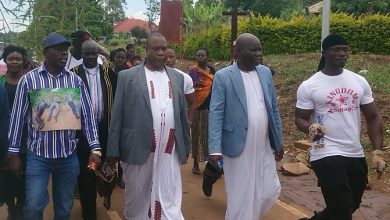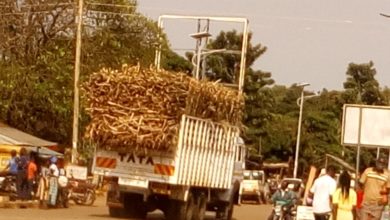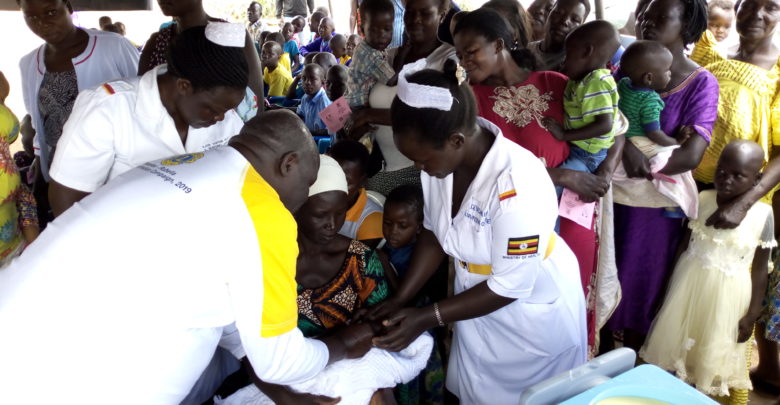
Global Politics
UGANDA: POLITICAL TURMOIL SWEPT FROM 1966, THE BUGANDA CRISIS, 1971 AMIN COUP, THE 1979 UGANDA LIBERATION WAR FROM TNAZANIA UP TO DATE AND WHAT LESSONS LEARNT?
“Uganda is blessed with a pleasant climate and excellent growing conditions. Situated at the equator, rain is much more regular than in other African countries; only in the northern lowlands is the climate hot, dry, and less suitable for cultivation. This is not true, Northern Uganda has the highest rainfall, Gulu and Entebbe rainfall pattern is the highest hot in December January, Feb, but wet from early March to November”
The vicious circle of the Uganda state apparatus looting by tyranny in the name of democrats, it started when Uganda Army led by Major General Amin stormed Kabaka Mutesa palace in Lubiri. What became the Buganda crisis of 1966, then it came to the 1971, Amin bloodless military take over.
The return of the Ugandans exile from Tanzania of 1979 which led to the over throw of President Gen. Idi Amin and later un coordinated movement of UNLFA which later led take over of Kampala by the guerilla forces of Mr. Museveni, which later brought in the Kadogo child soldiers on Kampala streets.
Later, the Luwero Triangle where the dark forces slaughtered innocent citizens in the name of liberation, it came to Northern Uganda where the campaign of depopulations of inhabitant took place with impunity and later it swelled to charcoal and wood logs business
GULU-UGANDA. By 1861 the first Europeans to Uganda were the explorers and Christian missionaries man called John Hanning Speke (1861-1863) graced by Sir Samuel and his Florence Baker (1863-1864). Henry Morton Stanley and his Emin Relief Expeditions (1888-1889) and Frederick Lugard (1890-1891).
Uganda was at her best in term of geographical physical Feature when the Europeans upon their arrival found already established central systems of governance in form of Kingdom in central and western Uganda. Mainly Buganda Kingdom, Bunyoro Kingdom, Toro and Ankole Kingdome with kings at the helm of hierarchy.
Shortly after John Speke’s departure, Sir Samuel Baker who was working for Egypt British Empire entered Uganda from North. He eventually became the British Governor-General to the Equatorial Nile Basin which today is South Sudan and Northern Uganda as he served from April 1873.
The advents of the British was to colonize to the vest land and stop slave trade in East Africa and the Ivory poachers, and eventually colonize the region, he spoke this comment.
“Acholi Chief” Rwot Chamo of Payira had determined to offer his allegiance and he and all adjacent countries will serve the government faithfully, in return for protecting and ushering justice.
Eventually even though for some Acholi chiefs alliance with the Arab traders might have been profitable, for others and certainly the general runs of the people this then became the worst calamity; therefore, they offered their allegiance to the British mainly for protections”.
According to John Onyango Odongo latest published book the need for national dialogue to redeem Uganda, Onyango in his book says the Uganda we want must be free from the dictatorship of Kampala regime.
The former Director of mass mobilization at the Movement Secretariat Mr.Onyango Odongo has described Uganda’s parliament as impotent. Onyango while appearing before the constitutional Review Commission.
Mr. Onyango Odongo says by 1962 when Uganda got independence from their colonial British master, Uganda economy was ranking up with the Tiger countries.
Growth slowed in the late 1950s, fluctuating world market conditions reducing export earnings and Uganda experienced the political pressures of growing nationalist movements that swept much of Africans.
For the first five years following independence in 1962, Uganda’s economy resumed with rapid growth of the Gross Domestic Profit, including subsistence agriculture, expanding approximately to 6.7 percent per year, with a population growth estimated at 2.5 percent per year, net economic growth of more than 4 percent suggested that people’s lives were improving. By the end of the 1960s, commercial agriculture accounted for more than one-third of GDP.
Industrial output had increased to nearly 9 percent of GDP, primarily the result of new food processing industries, Tourism, transportation, telecommunications, and wholesale and retail trade still contributed nearly one-half of total output.
Flash back in history courtesy
Francis Unyofu sat back in his office chair and stared at the dilapidated ceiling. He had not thought life in the government would be quite like this. But fifteen years of political and economic chaos could not be erased in just one year.
And there were certainly higher priorities than renovating this government office. At least, there was peace now—well, in most parts of the country—so Uganda could try to return to some form of normality. At independence in October 1962, there was little indication that Uganda was heading for such privations. Independence came without a struggle:
The British set a timetable for their withdrawal and stroke to it. It was Ugandans, not Europeans, who now grew the cotton and coffee, bringing a relatively high living standard, financing the education of their children, and raising expectations for the future.
There were an impressive number of educated and prosperous middle-class professionals, the prestigious national Makere University, and a gleaming new teaching hospital at Mulago. At independence, Uganda looked optimistically to the future. Now, twenty-five years later, it is just looking to rebuild.
Prior to independence, the major destinations of Ugandan exports included India (20 percent of total exports, mostly cotton), Britain (16 percent, mainly cotton and coffee), the United States (15 percent, all coffee), and Kenya (12 percent, sugar and a variety of products).
Ugandan imports were primarily manufactures from the United Kingdom (19 percent of total imports) and Japan (9 percent). Imports from Kenya were also significant, representing 24 percent of total imports. At independence, Uganda was a member of the East African Currency Board along with Kenya and Tanganyika.
The currency board was the sole issuer of notes and coins, and the East African shilling was at par with the United Kingdom shilling.
Inflationary financing of fiscal deficits was not an option and pre-independence fiscal deficits were correspondingly small, amounting to 0.1 percent of GDP in 1960.
Thus, what happened today Uganda debt from World Bank stand at UGX 41 trillion?
This can be attributed to corruption, looting of government resources by foreign agent who are at the helm, land grabbing from central Uganda, North-Eastern Uganda especially Acholi Dub Region and Karamoja Sub Region.
the alleged genocide in Northern Uganda perpetrated by dictator regime, even today the mass immunization being conducted in Northern Uganda is subject to be as the means of genocidal .
What happened to State Minister for Uganda Primary Health, Dr. Joyces Moriku Kaducu, grape vain source intimated that she was poisoned because she did not relent to power that be who wanted to carryout immunization for stopping fertility.

